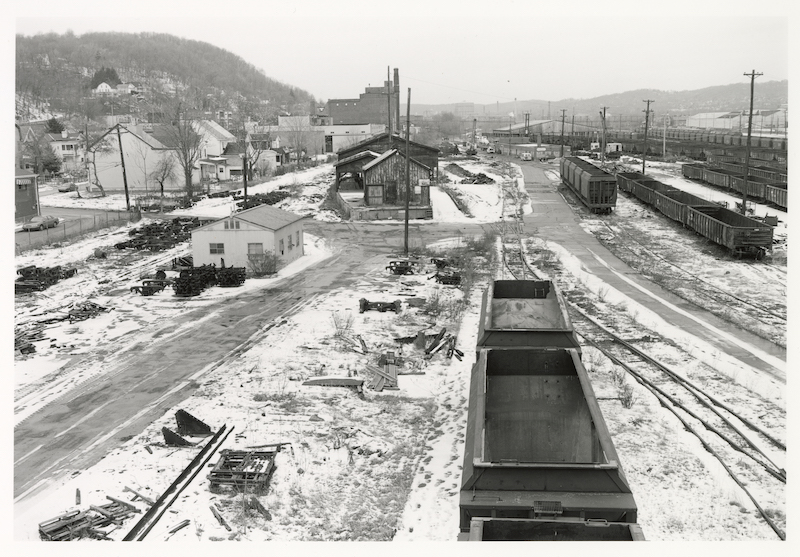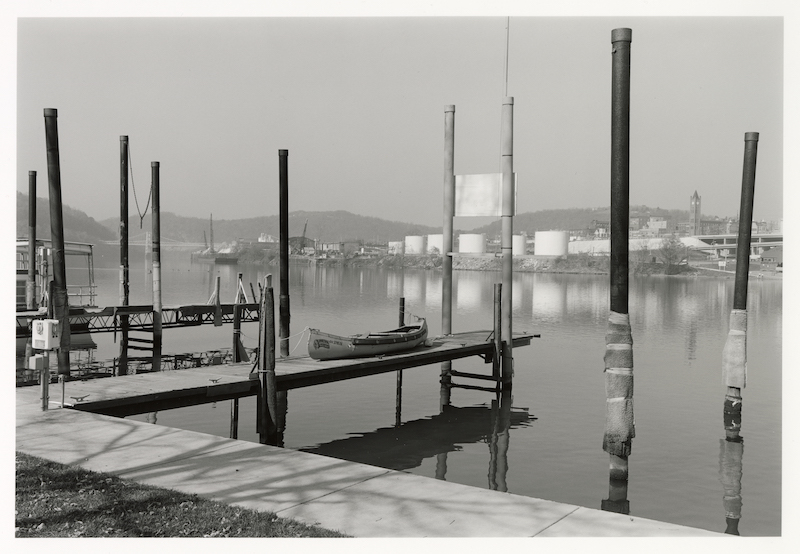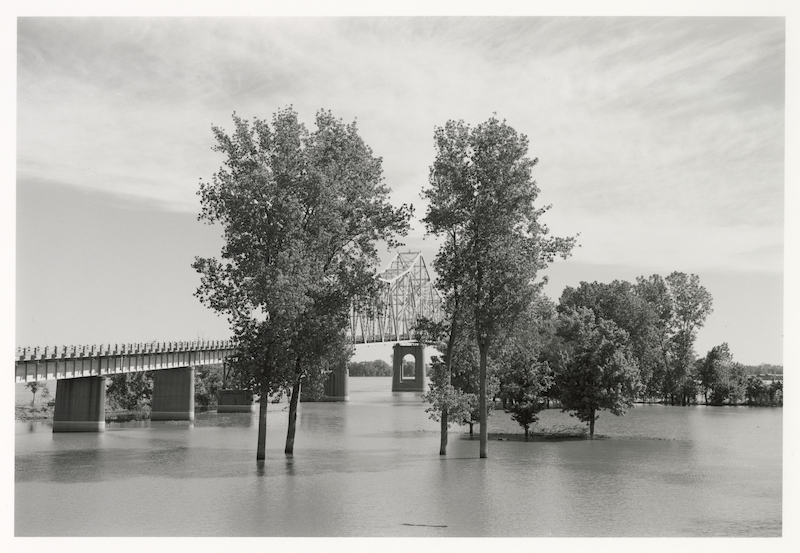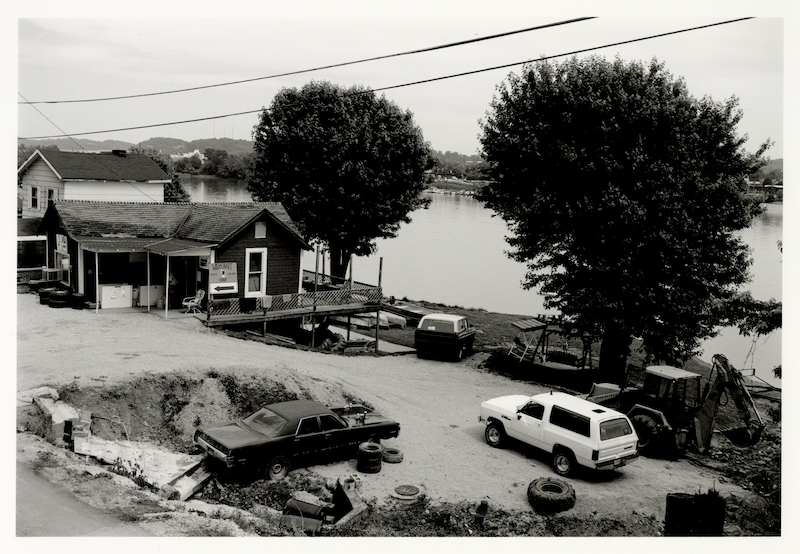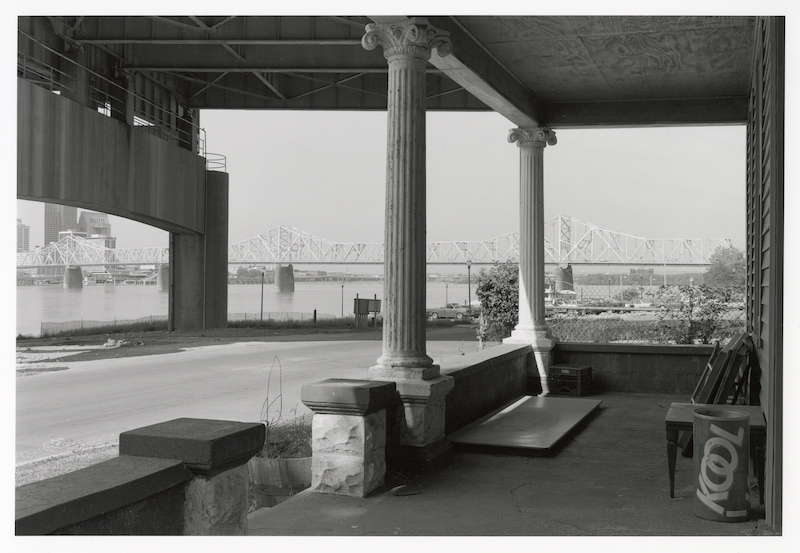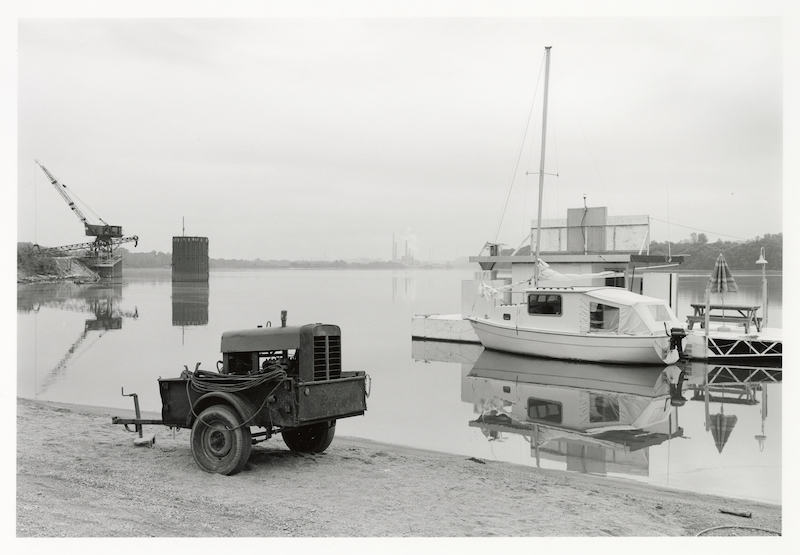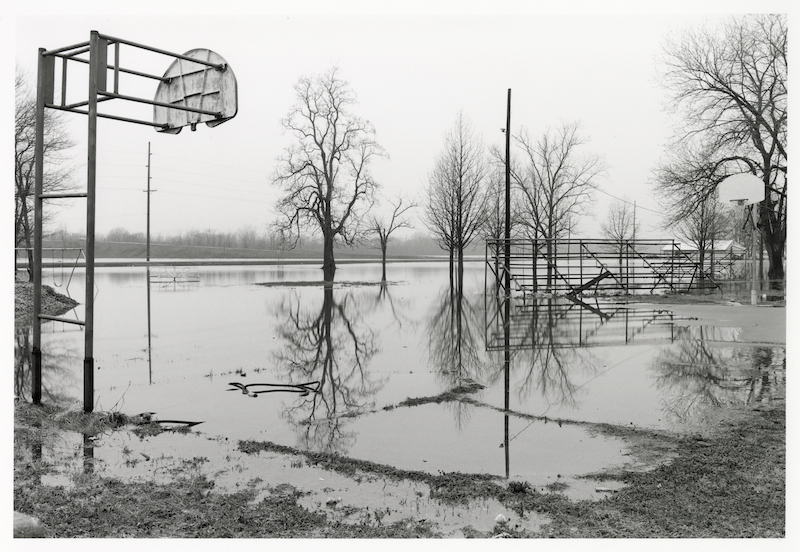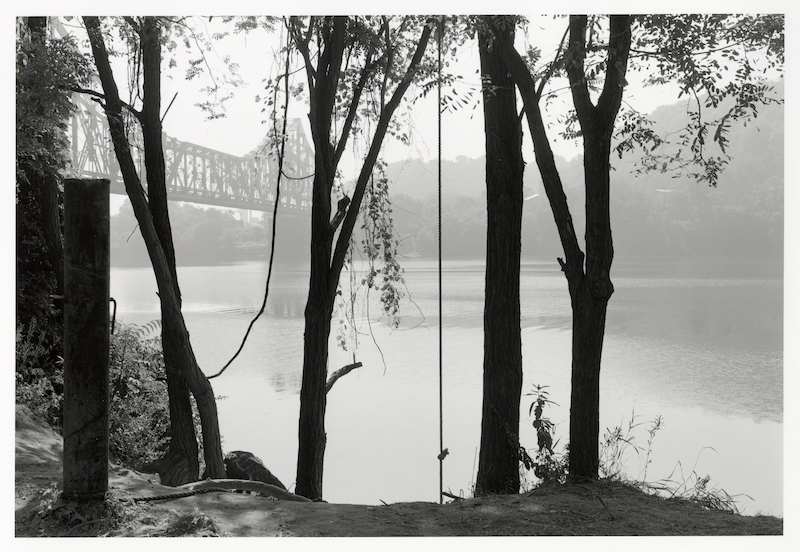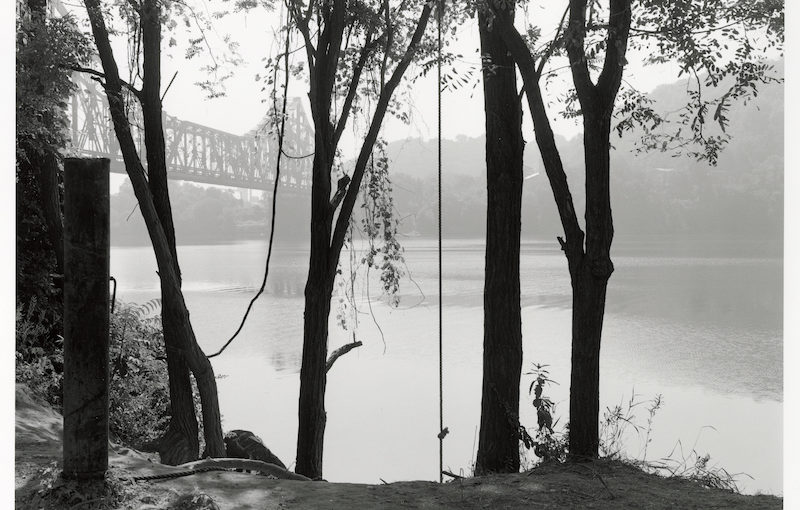Opening May 26, 4:30-6pm
Exhibition Dates: May 29 to December 2, 2023
Jane Lutnick Fine Arts Center, Atrium Gallery
Summer Hours:
May 29 to September 3, 2023: Monday-Friday 9am-5pm
Winter Hours:
September 4 to December 2, 2023: Monday-Friday 9am-5pm, Weekends 12pm-6pm
Andrew Borowiec, born in 1956, has photographed America’s changing industrial and post-industrial landscape for over three decades. Boroweic entered Haverford College with the class of 1978 and graduated from Haverford in 1979 with a major in Russian. He has received fellowships from the John Simon Guggenheim Memorial Foundation, the National Endowment for the Arts, the Ohio Arts Council, and was awarded the Cleveland Arts Prize.
Andrew Borowiec Photographs: Along the Ohio River Valley is his first solo exhibition at Haverford College. The exhibition consists of forty photographs from Borowiec’s first major monograph: Along the Ohio published in 2000 by Johns Hopkins University Press. The book features eighty black and white silver gelatin photographs printed in duotone. The subject of the book is the post-industrial landscape that can be seen along the banks of the Ohio River. Beginning at Pittsburgh, Pennsylvania, where it begins at the confluence of the Allegheny and Monongahela Rivers until it ends 981 miles later at Cairo, Illinois where it empties into the Mississippi River. The average depth of the river is 24 feet, with the deepest section of 130 feet near Louisville, Kentucky.
These images record the changing industrial and natural landscape scenes along the Ohio River Valley, which serves as the boundary between the Midwestern and Southern States. Along the way, the viewer is in the company of a seasoned photographer and cultural historian. Borowiec’s work joins the tradition of visualizing the river and its geography, which began with the landscape paintings of Thomas Cole (1801-1848) and Robert Duncanson (1821/22-1872), in the 19th century. These two artists’ paintings of the Ohio River Valley rivaled the achievements of American landscape painters such as Thomas Cole, Asher Brown Durand, and John Frederick Kensett. This landscape tradition became known as the Hudson River School whose origins are in Pennsylvania and the Ohio River Valley. This art movement shaped the country’s early landscape tradition by recognizing in the work the perception of wildness inherent in American scenery that American landscape artists had previously ignored and in doing so laid the foundation for American Art and cultural identity.
Photographers Lewis Hine (1874-1940) and Lee Friedlander (born 1934) have photographed the factories and the people of the Ohio Valley in the 20th century. Hine, a trained Sociologist, was the first to employ the camera as a tool for social research and activism. His best known photographs of the Ohio Valley were made in the steel mills and surrounding neighborhoods in Pittsburgh. The Russell Sage Foundation of New York City commissioned Hine to photograph the people and the conditions in which they worked from 1907 to 1908. Friedlander, reigning master of the medium, has made important photographs in all genres of the medium. He was commissioned by the Akron Museum in Akron, Ohio in 1979 to photograph the industrial heartland of the Ohio Valley. Friedlander produced an insightful portrait of contemporary American social landscape with a blend of formal brilliance, elliptical wit, and acute perception.
Andrew Boroweic’s decade-long project of photographing the Ohio valley in a way unlike his 20th century predecessors was not commissioned by a foundation or an individual. His purpose was to examine and document the river and its landscape in its entirety from Pittsburgh to Cairo with an open mind and an inquisitive eye, which is partial to full spectrum light like the kind seen in the Hudson River School paintings to best illuminate natural and made environments. His photographs co-exist in an aesthetic presentation that is both pleasing and full of information to provide a visual report on this unique valley and the historical industrial heartland that exists upon it. His eye is attracted to alleys, repurposed buildings and dismantled factories that form a mosaic of what was and what remains. His photos, in their insistence, remain a testament to the power of realism.

